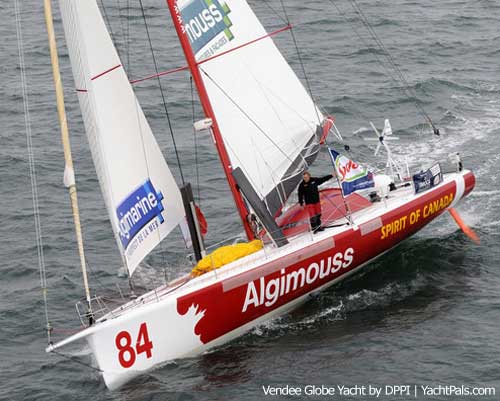 It's Christmas day here in Victoria and it was a glorious, sunny day. I was glad to be safe and sound here at home, surrounded by our family. I hope your day was a good one as well.
It's Christmas day here in Victoria and it was a glorious, sunny day. I was glad to be safe and sound here at home, surrounded by our family. I hope your day was a good one as well.According to a story in yesterday's paper, Victoria has the distinction of being the "snow capital" of Canada, thanks to the 41 cm of white stuff that's accumulated here this month. That's even more snow than the North Pole! Not a position this city is used to at this time of the year - or any time, for that matter.
It's just the latest in a string of weird weather events that have hit this winter. And the season has just begun. Holiday travel has been a nightmare across Canada -- my sister-in-law and her family are hung up tonight in Calgary, trying to get to Regina from their home in Vancouver. But like thousands of others, they couldn't make their air connections.
It's enough to make you wonder just what the heck is happening? Is this extreme weather a sign of climate change or just a blip in the long-term? It sure seems like weather patterns are changing and that extreme weather is more common than it used to be.
 While I was mulling over thoughts like that, I came across an article about Carl Sagan's famous photo of our planet, called "Pale Blue Dot." I remember reading about it at the time, but I'd forgotten the story. Here's a short excerpt from a Wikipedia article about it:
While I was mulling over thoughts like that, I came across an article about Carl Sagan's famous photo of our planet, called "Pale Blue Dot." I remember reading about it at the time, but I'd forgotten the story. Here's a short excerpt from a Wikipedia article about it:The Pale Blue Dot is a photograph of planet Earth taken by Voyager 1 from a record distance, showing it against the vastness of space. Both the idea for taking the distant photo, and the title came from scientist and astronomer Carl Sagan, who also wrote the 1994 book of the same name. In 2001, it was selected by Space.com as one of the top ten space science photos.Sagan elaborated on his thoughts about our world in a commencement speech in 1996. In the video I've linked to below, you can hear his address, while images from decades of Hollywood movies flash by. It's an intriguing mix and a clever way of presenting some of Sagan's profound comments.
On February 14, 1990, NASA commanded the Voyager 1 spacecraft, having completed its primary mission, to turn around to photograph the planets of the Solar System. One image Voyager returned was of Earth, showing up as a "pale blue dot" in the grainy photo.
Merry Christmas and a Happy New Year to all of us on this pale blue dot.
 If you like words and cringe when people start abusing them, you're going to love this list of least favourite corporate jargon that communications guru
If you like words and cringe when people start abusing them, you're going to love this list of least favourite corporate jargon that communications guru  There's a solo round-the-world race happening right now, called the
There's a solo round-the-world race happening right now, called the 